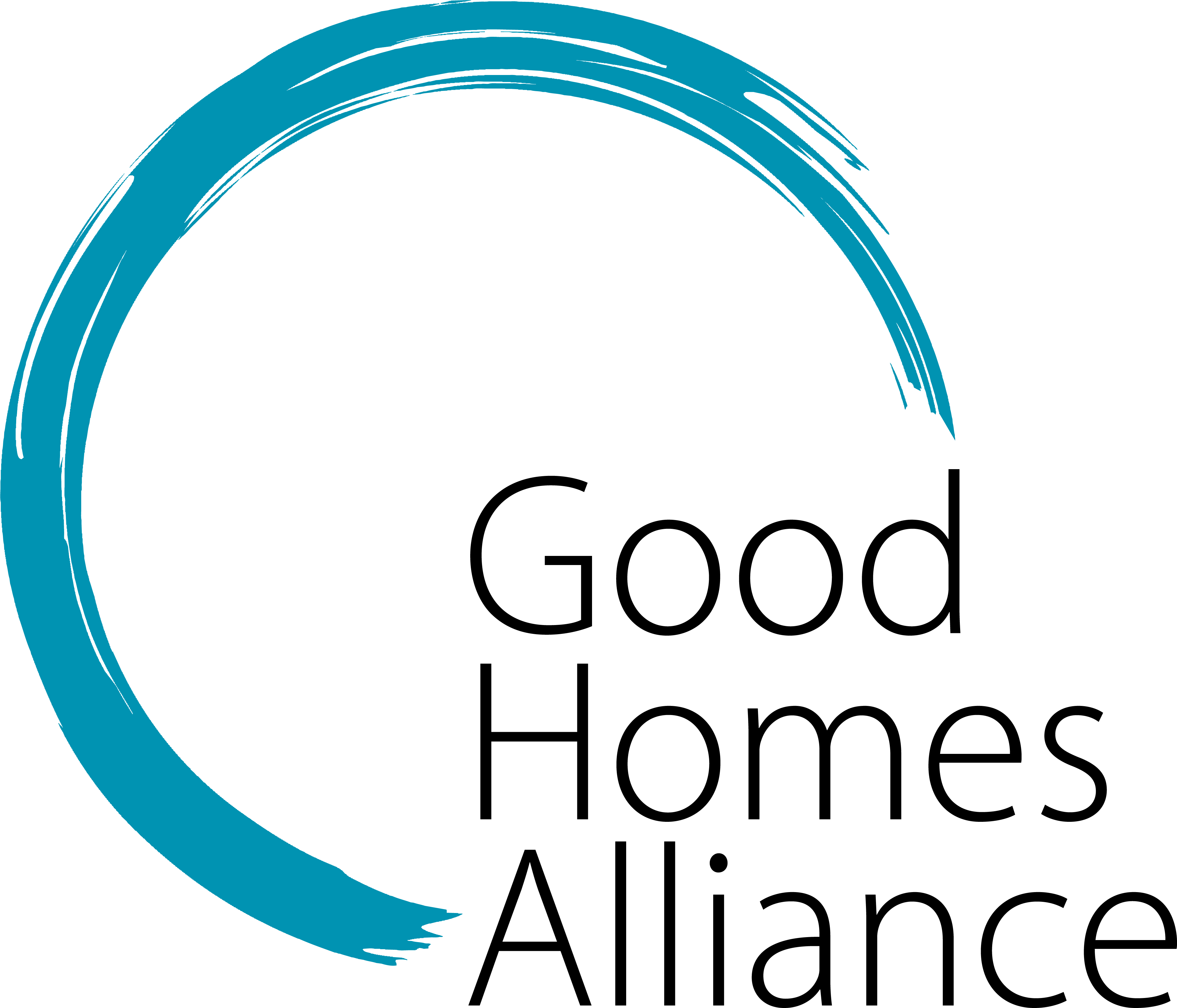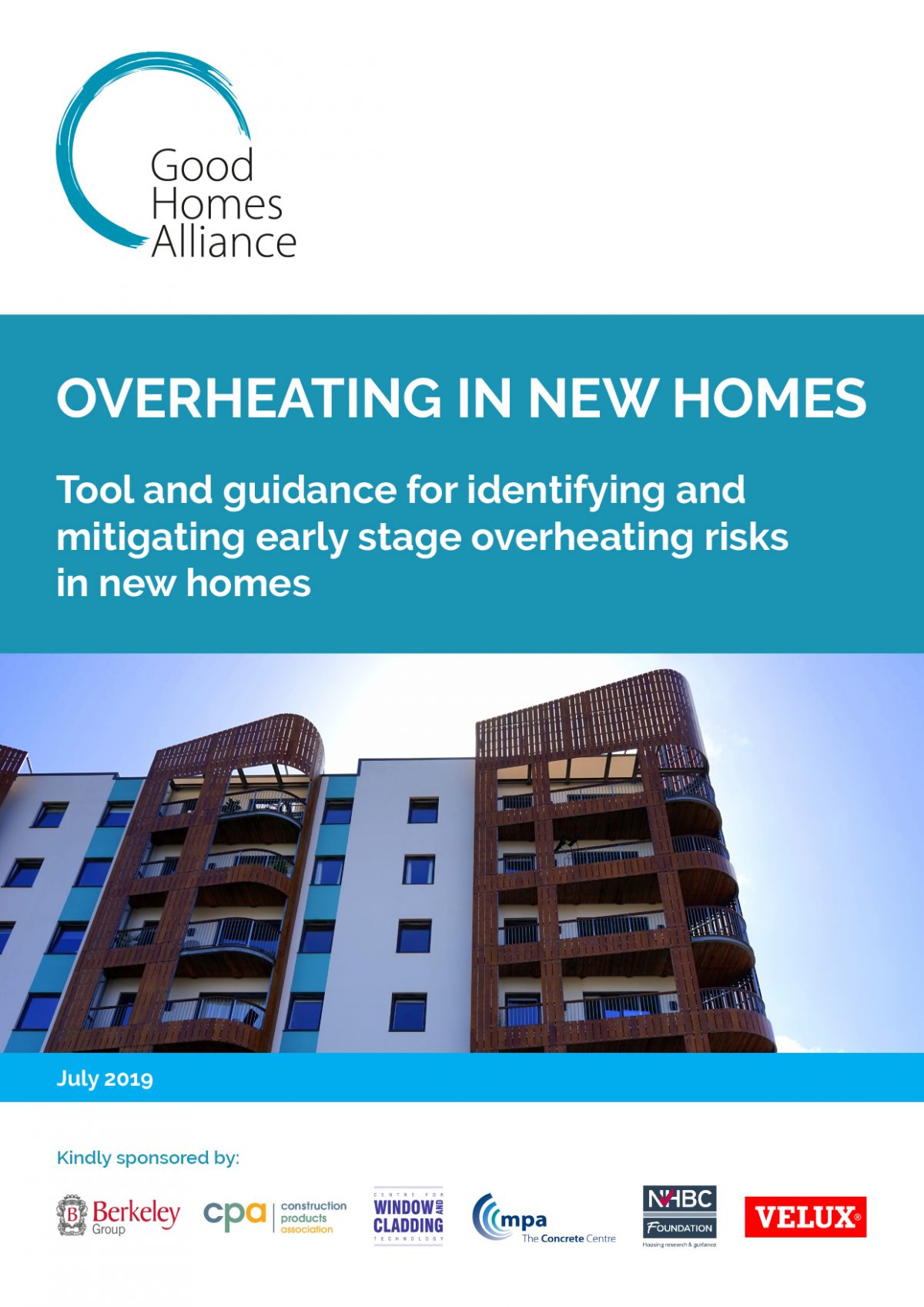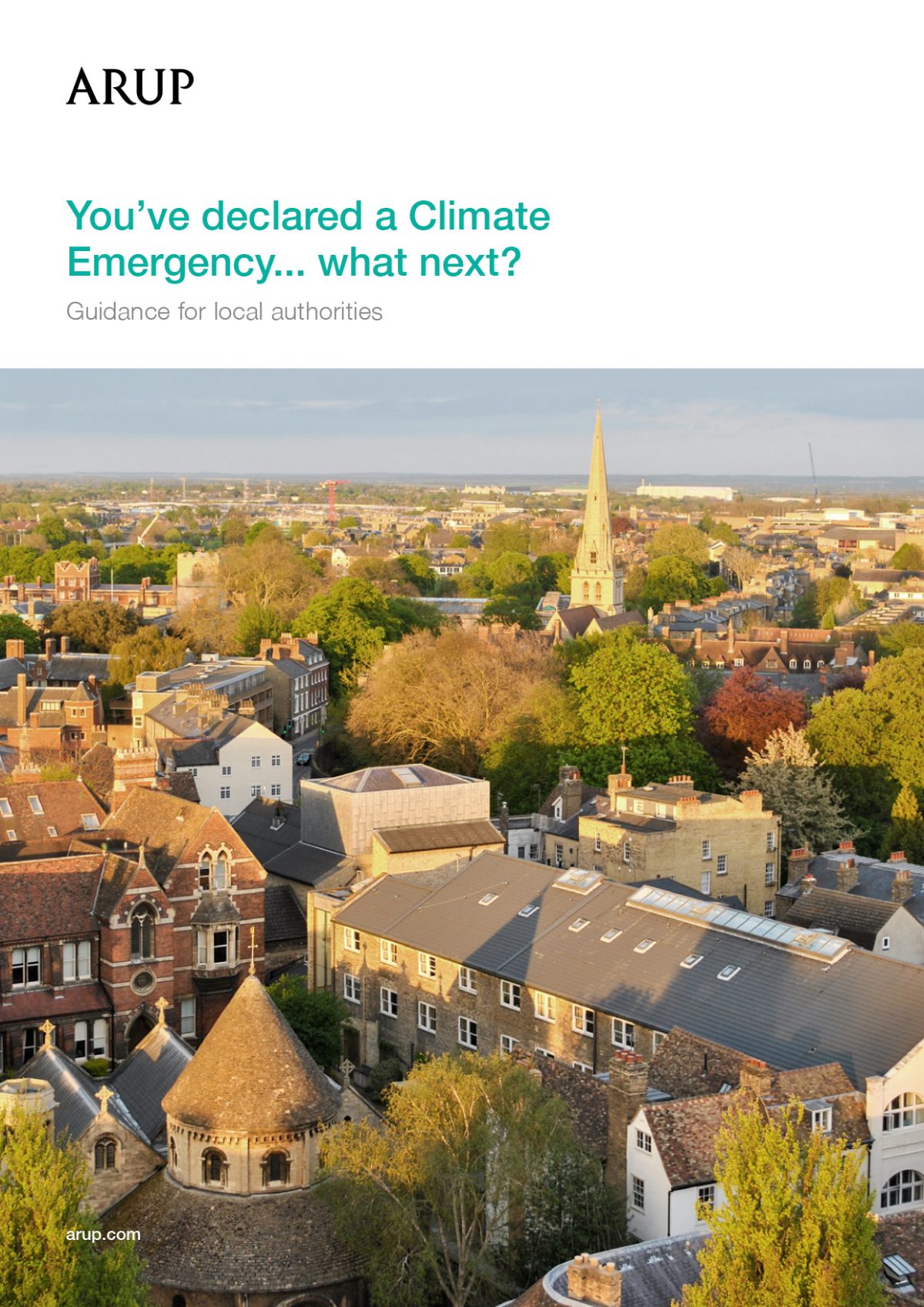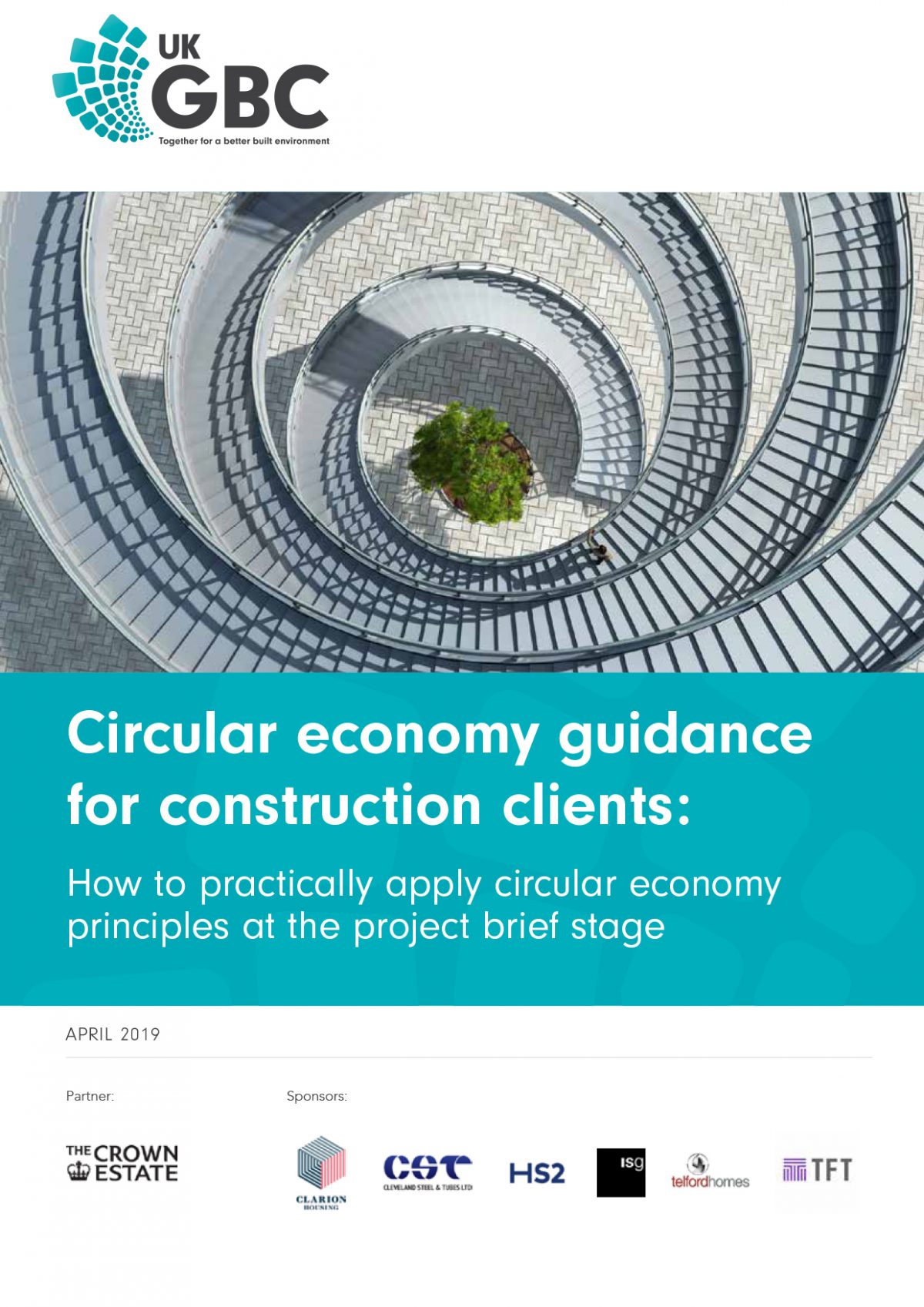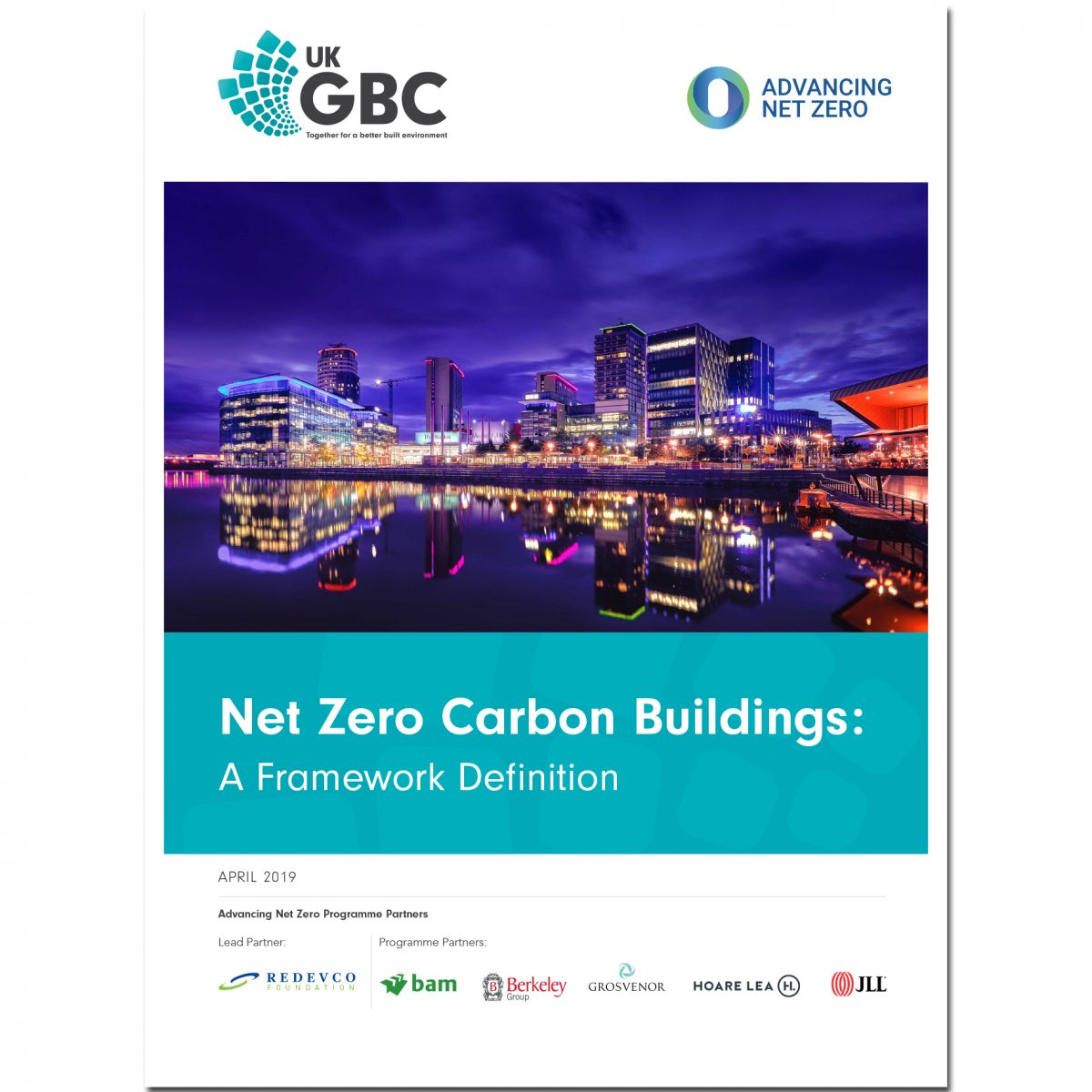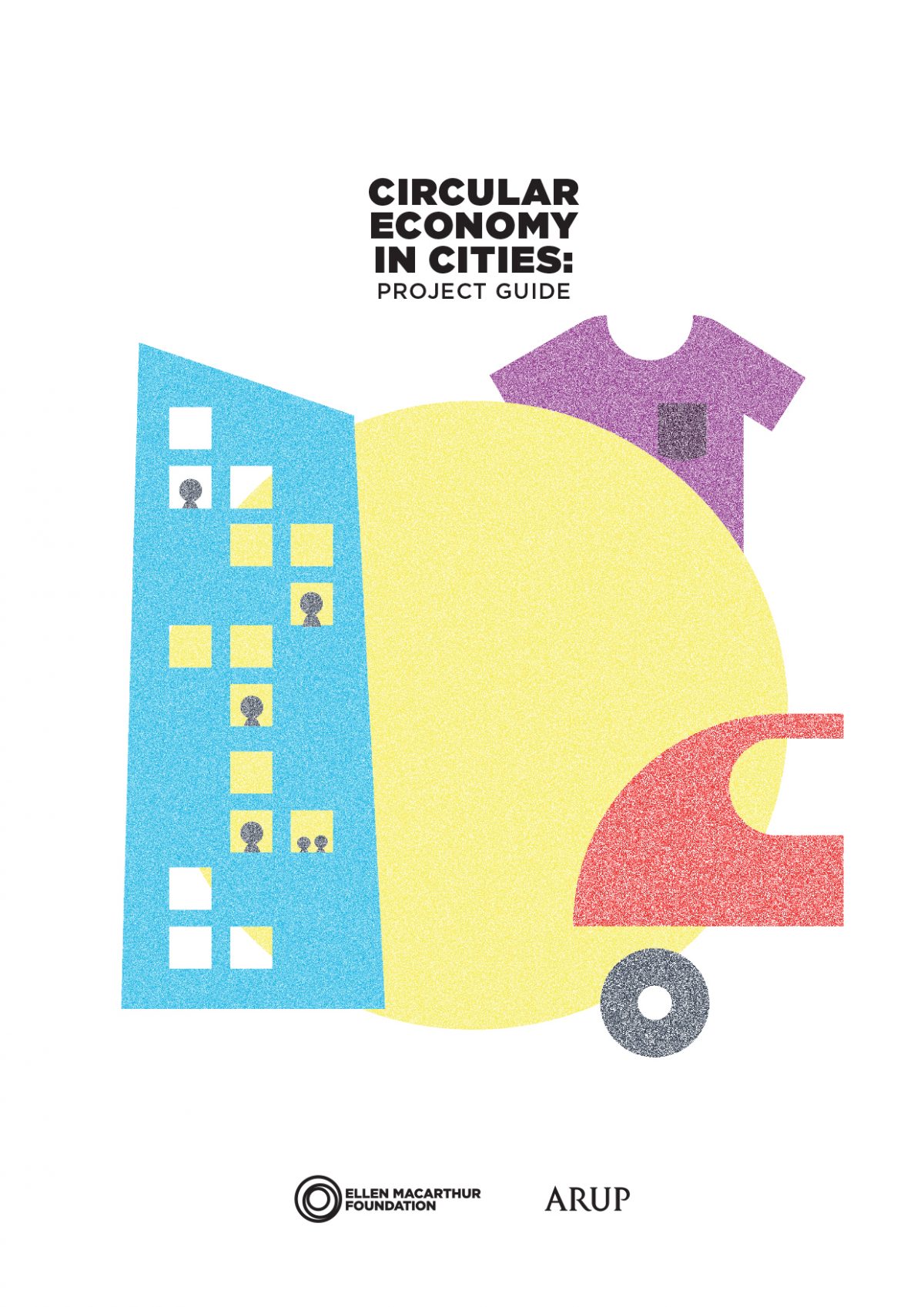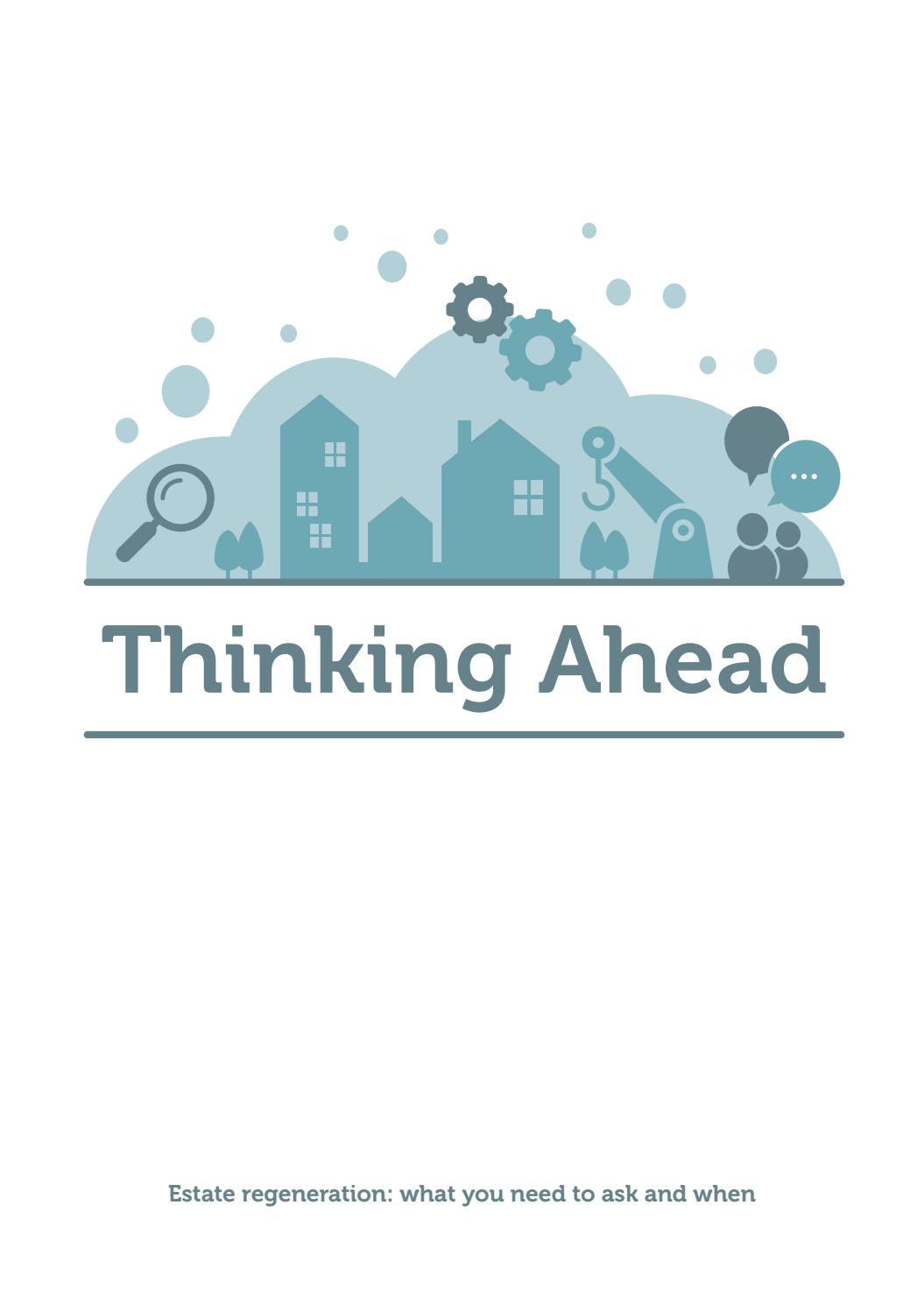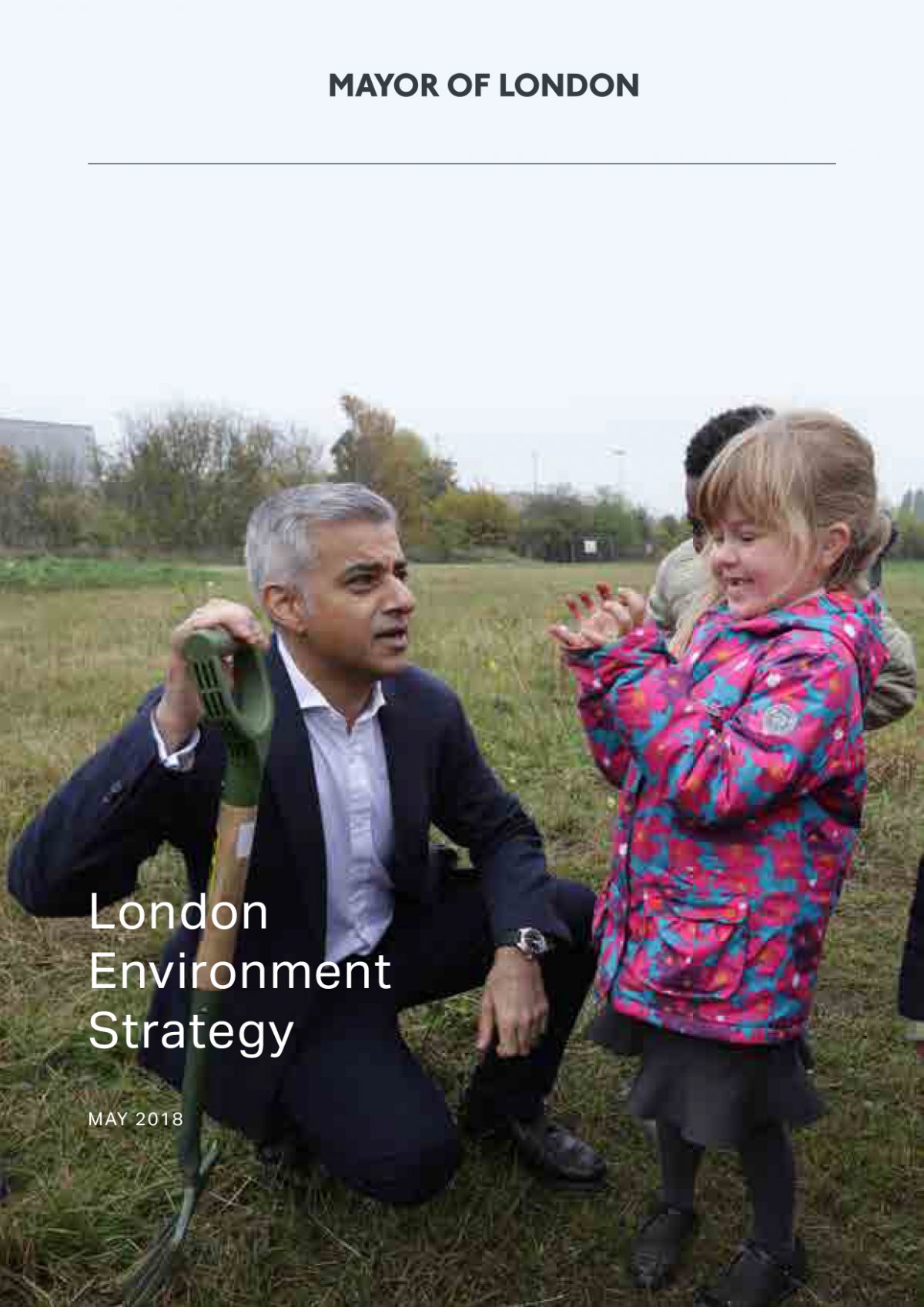A new tool and accompanying guidance which aims to help planners and design teams identify and mitigate overheating risks in new homes at an early stage.
The tool and guidance were formally launched at a sold-out evening event on 16th July 2019 at Winckworth Sherwood in London, which featured short talks from the project team and steering group experts.
The work has been led by a project team of Susie Diamond (Inkling), Julie Godefroy (Julie Godefroy Sustainability) and Nicola O’Connor (Mandarin Research) with support and feedback from an expert steering group, the GHA team and stakeholder workshops.
The steering group has consisted of the following experts:
- Lynne Sullivan OBE, Chair, Good Homes Alliance
- Michael Swainson, BRE
- Anastasia Mylona, CIBSE
- Joe Baker, London Borough of Haringey
- Guy Thompson, The Concrete Centre
- Dr Victoria Tink, Ministry of Housing, Communities & Local Government
- Chris Twinn, Twinn Sustainability Innovation
- Tom Dollard, Pollard Thomas Edwards
To assist with the use and uptake of the tool, the GHA and the research project team will develop and deliver a number of training masterclasses starting in autumn 2019. If you’re interested in attending a GHA Masterclass on overheating or arranging a bespoke CPD for your organisation, please contact Julian Brooks at julian@goodhomes.org.uk.
Author: Good Homes Alliance
Publication date: July 2019
